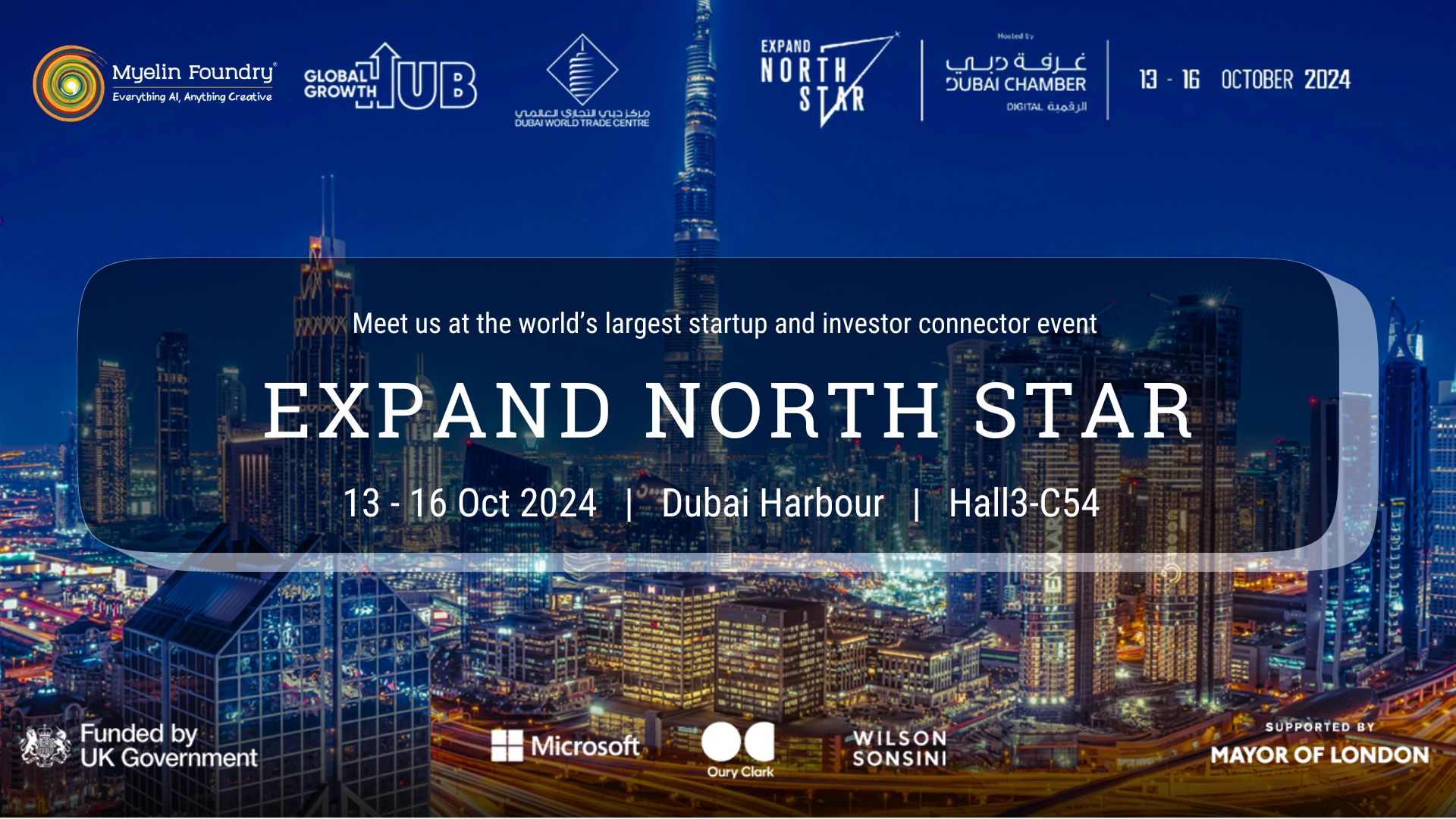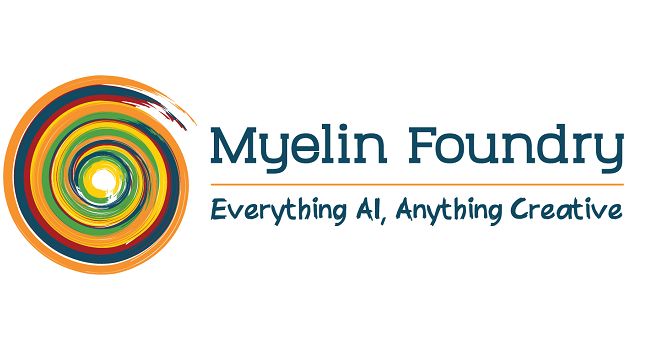Data is sparse but techniques like Generative Adversarial Networks (GANs) can imitate this limited data and create variations of it to train neural networks. The result? A compendium of applications in local and state security, weather forecasting, and a variety of industries.
Streaming videos online is easy and instantaneous, but what happens behind it isn’t.
When you play a video on Netflix, servers around the world store a copy of it. Then the server closest to you delivers the video at maximum speed and quality. Netflix, for instance, used to have its own servers but now depends on AWS, Amazon’s cloud-based infrastructure.
The cloud is not as ephemeral as we’d like it to be. Nor does it just float away with the wind. It has a physicality: All the data in the cloud is stored in data centres, or modern-day digital factories, spread across the world.
In the United States’ North Virginia, for instance, Loudon County has the world’s greatest concentration of data centres. It calls itself a key player in the world’s digital economy as “more than 70 percent of the world’s internet traffic” passes through its digital infrastructure.
Internet traffic, nowadays, is dominated by online video streaming — 58% of internet is just video. And this is not bereft of implication. The ease of streaming services comes with a hefty environmental price tag. It is powered by electricity generated through unclean sources like fossil fuel.
Only last year, online video streaming produced emissions equivalent to the total emissions in Spain and this number is expected to double in the next 6 years.
Studies have also revealed that watching a half-hour show online leads to emissions of 1.6 kg of carbon dioxide equivalent, which roughly makes up to the CO2 emitted while driving for 6.28 km.
Cloud On The Ground
Lifestyle choices such as deciding to not stream an online video doesn’t solve the problem. You might even become more conservative and start streaming at 480p but that can’t reverse the impact either.
OTT platforms optimise the video files for all dimensions, qualities and purposes: They convert and store it into hundreds of formats which can each be played on a particular device of a certain size and quality. One file will work exclusively on the iPad, one on 4K video with Dolby sound, one on Windows computer, one on Linux, one on a full HD Android phone, so on and so forth.
High quality video formats obviously expend a lot of energy because of their large sizes. But HD in multiple formats for multiple devices stored in the data centres for transmission tops this and can be extremely wasteful.
The challenge is exacerbated because the pollution is invisible and completely counter-intuitive, especially for those who thought of moving digital as an antidote to pollution. But as it turns out, there’s more to the picture than what’s visible on your device.
Dirty Electricity
Data centres around the world are powered by electricity mostly generated through fossil fuels. A Greenpeace report finds that Dominion Energy, which powers the Loudon County data centre, justifies its fossil fuel investments due to the high energy demand of the data centres. Who are the energy guzzlers? All of us, who are in the value chain.
Data centres use an estimated 200 terawatt hours (TWh) each year, which is half of the electricity used for transport worldwide. But what is frightening is that this usage is touted to grow by 20% in the next 13–15 years. This will lead to a severe increase in carbon emissions. If data centres today contribute around 0.3% of overall carbon emissions, this will steeply rise in the next few years.
But to be fair, many of these companies have made strong renewable energy commitments with promises to replace electricity generated by fossil fuels with 100% renewable energy such as solar and wind in the coming years. But even as companies incorporate more renewable energy, innovations to reduce electricity usage and carbon emission using Artificial Intelligence are emerging at both hardware and software levels.
Moving At The Edge
There’s a thumb rule for any technology: The cost of applying it must be less than the value created by it. And therefore, the focus today is on developing power-efficient algorithm and hardware for AI. At a time when each of our devices have high computational power, there’s a lot that can be done on the edge, that is, on the device. When AI algorithms run on the device as opposed to the cloud, it creates various benefits. There’s not only an immediate response, increased reliability and privacy but also a more efficient use of energy and bandwidth.
In the case of video streaming, AI can use device-intelligence to ensure that instead of storing multiple data formats on the server, the device’s computational power is used to upscale the video and remove artefacts — thus preventing wastage and freeing space.
Here’s where hardware plays a key role as well: companies like Qualcomm are already innovating to create hardware designed to use less energy and give high performance per watt. AI algorithms can then leverage this hardware optimisation.
Streaming is exploding but this increased awareness around emissions and the environmental impact of going digital can push companies to self-regulate. A key step here is to create a standard that establishes that no emissions should exceed a certain percentage for every GB of transmission.
At the end of the day, it will be a combination of AI algorithms and hardware that will help achieve energy-efficient, holistic solutions; where what meets the eye is all there is.





